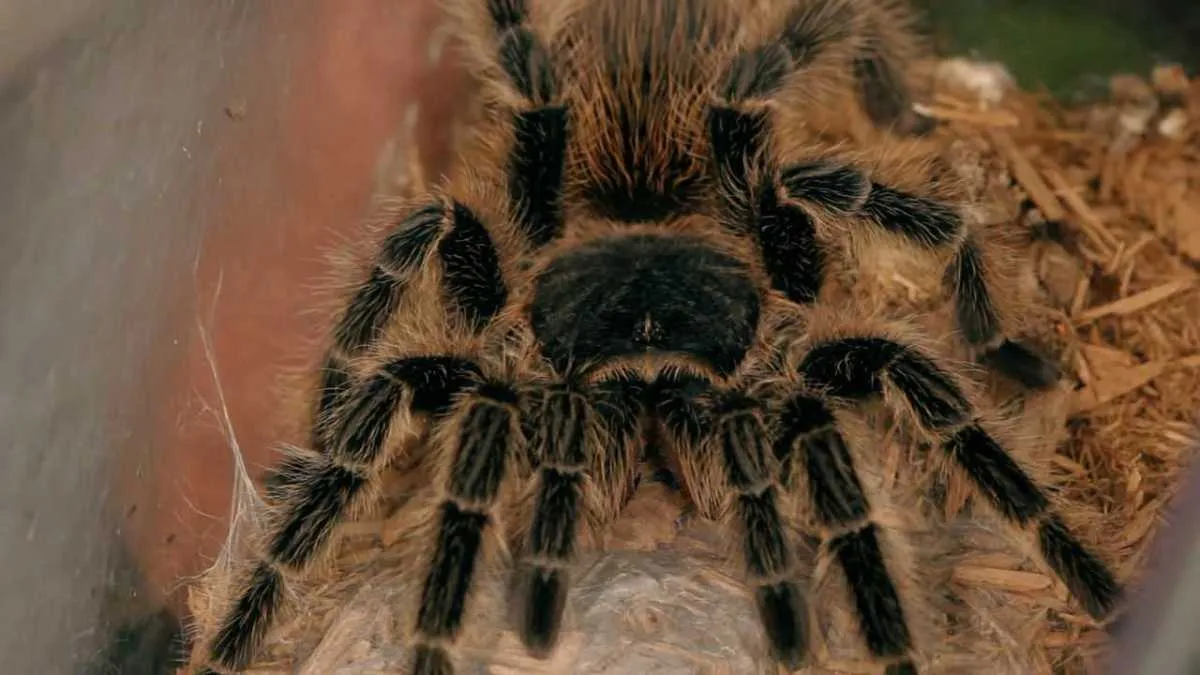Understanding Tarantula Bites
Tarantulas, despite their intimidating size and appearance, are generally not considered highly venomous to humans. Their bites, however, can still be painful and cause various reactions. It’s crucial to understand what happens when a tarantula bites and how to respond appropriately. This guide aims to provide comprehensive information on tarantula bites, covering immediate first aid, when to seek medical attention, and long-term care to ensure a safe and effective recovery. Knowing the proper steps to take can minimize discomfort and prevent complications, making the experience less daunting.
What Happens When You’re Bitten
When a tarantula bites, it injects venom through its fangs. The venom is primarily designed to subdue prey, but it can also cause localized pain and other symptoms in humans. The severity of the reaction depends on several factors, including the species of tarantula, the amount of venom injected, and the individual’s sensitivity. Most bites result in mild to moderate symptoms, such as pain, redness, and swelling at the bite site. However, some individuals may experience more severe reactions, especially if they have an allergic response to the venom.
Symptoms of a Tarantula Bite

Recognizing the symptoms of a tarantula bite is essential for providing timely and appropriate care. Common symptoms include immediate pain at the bite site, which may be described as a sharp or burning sensation. Redness, swelling, and itching around the area are also typical. Some individuals may experience muscle cramps or spasms. More severe symptoms, though less common, can include nausea, vomiting, difficulty breathing, and signs of an allergic reaction. Monitoring these symptoms closely allows for quick intervention if necessary. See the image ’tarantula-bite-closeup’ for reference.
Immediate First Aid for a Tarantula Bite
Immediate first aid is crucial in minimizing the effects of a tarantula bite. The first step is to remain calm and move away from the tarantula to prevent further bites. Gently wash the bite area with mild soap and water to remove any venom on the skin’s surface. It’s important to avoid squeezing or attempting to suck out the venom, as this is ineffective and can potentially cause more harm. Applying a cold compress can help reduce pain and swelling. Keeping the affected limb elevated can also help in minimizing swelling. Seek the image ’tarantula-spider’ for reference.
Cleaning the Wound
Properly cleaning the wound is a critical step in preventing infection. After the bite, wash the area thoroughly with mild soap and water. Ensure that all dirt or debris is removed from the wound. Gently pat the area dry with a clean towel. Avoid using harsh chemicals or scrubbing the area, as this can irritate the skin and potentially worsen the symptoms. Keeping the wound clean helps to reduce the risk of secondary infections, ensuring a smoother and faster recovery. See the image ‘cleaning-tarantula-bite’ for reference.
Applying Cold Compress

Applying a cold compress can significantly reduce pain and swelling. Use a clean cloth or towel wrapped around an ice pack or filled with ice water. Apply the cold compress to the bite area for 10-15 minutes at a time, several times a day. This helps constrict blood vessels, reducing inflammation and numbing the area, providing relief from pain and discomfort. Regularly applying a cold compress is a simple yet effective way to manage the immediate symptoms of a tarantula bite. See the image ‘cold-compress-bite’ for reference.
Pain Management
Pain management is an important aspect of treating a tarantula bite. Over-the-counter pain relievers, such as ibuprofen or acetaminophen, can help alleviate pain and reduce inflammation. Follow the recommended dosage instructions on the medication packaging. Avoid aspirin, especially in children, due to the risk of Reye’s syndrome. For more severe pain, a doctor may prescribe stronger pain medications. Elevating the affected limb and resting can also help manage the pain. Consulting a healthcare professional for pain management advice is always recommended.
When to Seek Medical Attention
While most tarantula bites are not life-threatening, knowing when to seek medical attention is important. If you experience any severe symptoms, such as difficulty breathing, chest pain, or signs of an allergic reaction, seek immediate medical help. If the pain and swelling worsen or persist, consult a doctor. If you’re unsure about the severity of your symptoms, it’s always best to err on the side of caution and seek professional medical advice. Timely medical intervention can prevent complications and ensure proper care.
Signs of Allergic Reaction

Allergic reactions to tarantula bites can range from mild to severe. Common signs of a mild allergic reaction include hives, itching, and swelling beyond the bite area. More severe reactions, known as anaphylaxis, can be life-threatening and require immediate medical attention. Symptoms of anaphylaxis include difficulty breathing, swelling of the throat and face, dizziness, rapid heartbeat, and loss of consciousness. If you experience any of these symptoms, seek emergency medical care immediately. See the image ‘allergic-reaction-symptoms’ for reference.
Severe Symptoms Requiring Immediate Care
Certain symptoms warrant immediate medical attention. These include difficulty breathing or swallowing, swelling of the tongue, lips, or face, chest pain or tightness, dizziness or loss of consciousness, and rapid heartbeat. If you experience any of these symptoms after being bitten by a tarantula, call emergency services or go to the nearest emergency room immediately. Prompt medical care can prevent serious complications and ensure the best possible outcome. See the image ‘medical-attention-bite’ for reference.
Long-Term Care and Recovery
Proper long-term care is essential for a full recovery from a tarantula bite. This includes preventing infections, monitoring the bite area for any unusual changes, and following up with a healthcare provider if necessary. The recovery time varies depending on the severity of the bite and the individual’s response to treatment. Consistent care and attention to the affected area can help ensure a smooth and complication-free recovery. See the image ’tarantula-habitat’ for reference.
Preventing Infections

Preventing infection is a crucial aspect of long-term care. Keep the bite area clean and dry. Monitor the area for any signs of infection, such as increased redness, swelling, warmth, or pus. If you suspect an infection, consult a healthcare provider immediately. They may prescribe antibiotics or other treatments to prevent the infection from worsening. Regular wound care and monitoring can minimize the risk of infection, leading to a quicker recovery. See the image ‘wound-infection’ for reference.
Follow-up Care and Monitoring
Following up with a healthcare provider and monitoring the bite area are important steps in ensuring a complete recovery. Attend any follow-up appointments as recommended by your doctor. Report any unusual symptoms or changes in the bite area. Continue to monitor the area for any signs of infection or allergic reaction. By following medical advice and practicing proper wound care, you can promote healing and minimize any long-term effects from the tarantula bite.
In conclusion, understanding how to treat a tarantula bite involves immediate first aid, recognizing when to seek medical attention, and providing long-term care. By following the steps outlined in this guide, you can effectively manage the symptoms, prevent complications, and ensure a safe and complete recovery. Always prioritize your health and seek professional medical advice when in doubt.
